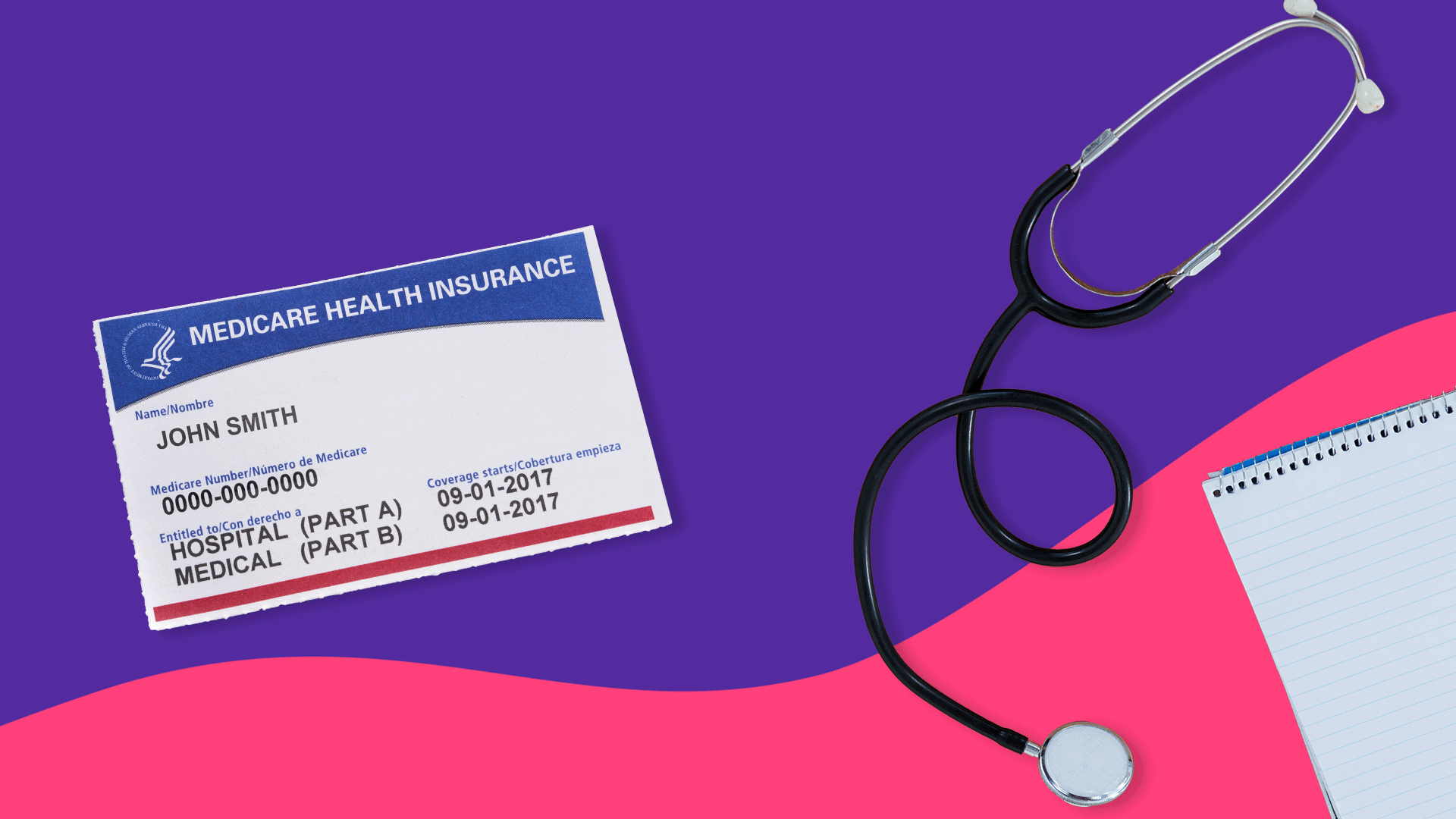Key takeaways
The Part D Senior Savings Model was tested from January 2021 through December 2023.
The Senior Savings Model tested reducing out-of-pocket costs for certain insulins covered under some Medicare Part D plans.
The Senior Savings Model ended when the Inflation Reduction Act capped all Medicare-covered insulin at $35 per month for all Medicare Part B and D plans, starting Jan. 1, 2023.
More than 37 million Americans are living with diabetes, according to the CDC. That is a staggering 11% of the population. Nearly 32% of Medicare beneficiaries are affected by diabetes.
In many cases, these individuals are reliant on taking insulin to control their diabetes. Over the years, the cost of insulin has increased steadily. The cost of insulin increased by more than 600% over the past 20 years.
Part of the reason for the increase is that there are not that many suppliers of insulin in the United States. High demand coupled with the complexity of formulation allows pharmaceutical manufacturers to raise prices without much of a repercussion.
However, Medicare beneficiaries finally got some relief from insulin costs thanks to the Medicare Part D Senior Savings Model, which started in January 2021 and ended in December 2023. Since then, the Inflation Reduction Act capped cost-sharing for covered insulin at $35 per month.
RELATED: Diabetes statistics | Insulin prices
Medicare coverage for insulin
For most Medicare beneficiaries, insulin is covered under Medicare Part D, which is coverage for prescription drugs. Most insulins come in a vial and are loaded into a syringe or a preloaded injectable pen.
For beneficiaries that use an insulin pump, their insulin can be covered under Medicare Part B, as the insulin pump is considered durable medical equipment.
Before the Senior Savings Model took effect, insulin costs would vary for beneficiaries by plan and coverage stage. Each plan has its own formulary, which sets certain insulin products at various tiers. Typically, the higher the tier, the more expensive the drug.
Before meeting their deductible, a Medicare Part D beneficiary would pay the full cost of the drug, which could be hundreds of dollars. After the deductible was met, Medicare would start paying part of the cost of insulin and the beneficiary would be responsible for a copay or coinsurance.
How much does insulin cost with Medicare today?
As of Jan. 1, 2023, a Medicare drug plan can’t charge you more than $35 for a one-month supply of insulin covered by Part D, and a deductible does not apply to your insulin, according to the Centers for Medicare & Medicaid Services.
As of July 1, 2023, the cost of covered insulins will also be capped at $35 for Medicare Part B beneficiaries who use an insulin pump. The Part B deductible will not apply.
What was the Part D Senior Savings Model?
The Part D Savings Model is designed to provide Medicare beneficiaries with more choices and the benefit of buying insulin at a cost of $35 or less per 30-day supply. It’s designed to include the same pricing ceiling during all phases of prescription drug coverage.
This Part D Senior Savings Model kept select insulin costs affordable and predictable. Both Medicare prescription drug plan sponsors and insulin manufacturers volunteered to participate in the Part D Senior Savings Model.
Beneficiaries had plan options that provided insulin price protection. The prediction was that Medicare beneficiaries would save an average of just under $500 per year on this program. Medicare Advantage plans and Medicare Part D prescription plans allowed you to take advantage of the Part D Senior Savings Model.
Not all brands of insulin or drug manufacturers agreed to participate in the model. Below is a list of the drug companies that participated in 2022:
- Eli Lilly and Company
- MannKind Corporation
- Mylan Specialty L.P., a Viatris Company
- Novo Nordisk, Inc. and Novo Nordisk Pharma, Inc.
- Sanofi-Aventis U.S. LLC
Why did the Senior Savings Model end?
The Inflation Reduction Act capped cost-sharing for insulin covered under all Medicare drug plans to $35 per month, which took effect on Jan. 1, 2023. Since this benefit was aligned with what was offered through the Senior Savings Model for some Medicare drug plans, the Centers for Medicare & Medicaid Services chose not to proceed with testing the program.
Other ways to save on insulin
Even though the Inflation Reduction Act caps certain insulins at $35 per month, there are still insulins that aren’t covered by Medicare. There are several types of insulin available, and everyone‘s body reacts differently. If you need help with insulin savings and your particular insulin isn’t covered, there are a couple of things you can do.
If you qualify, apply for the Extra Help program on the Social Security website.
Check SingleCare for a free prescription coupon. You can find coupons for insulin, diabetes medications, and diabetic supplies here. SingleCare discount programs can give you considerable savings on prescription drugs.




